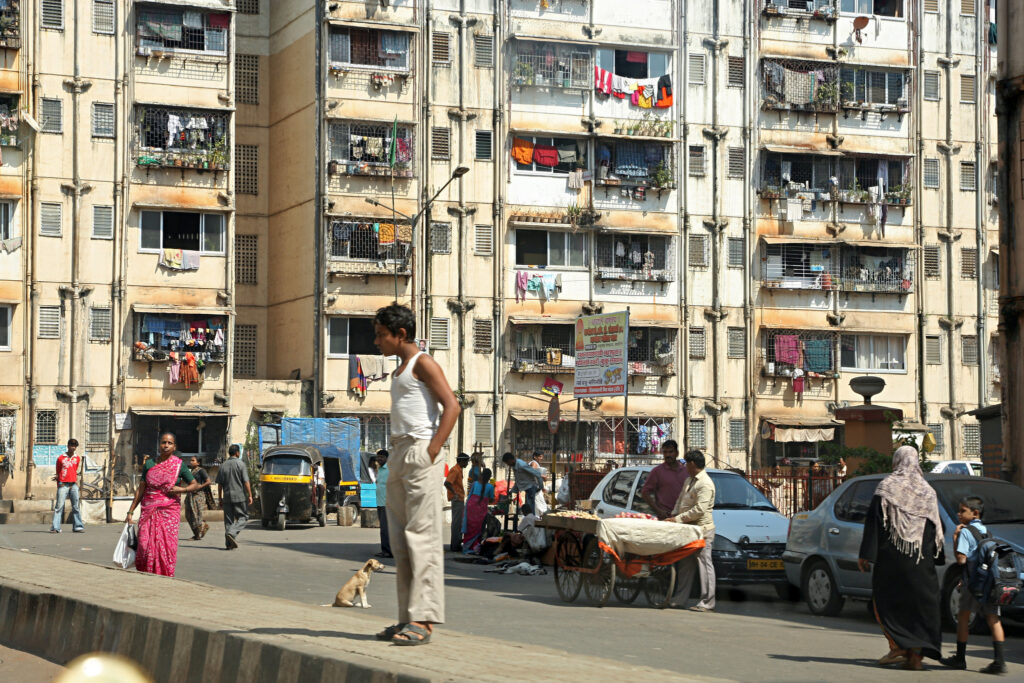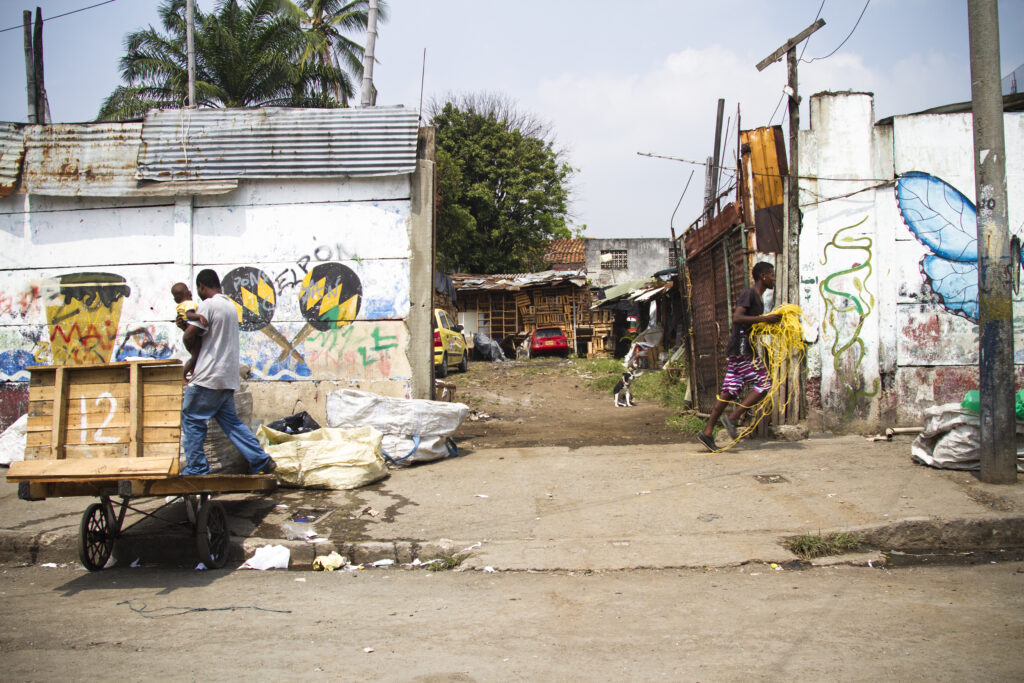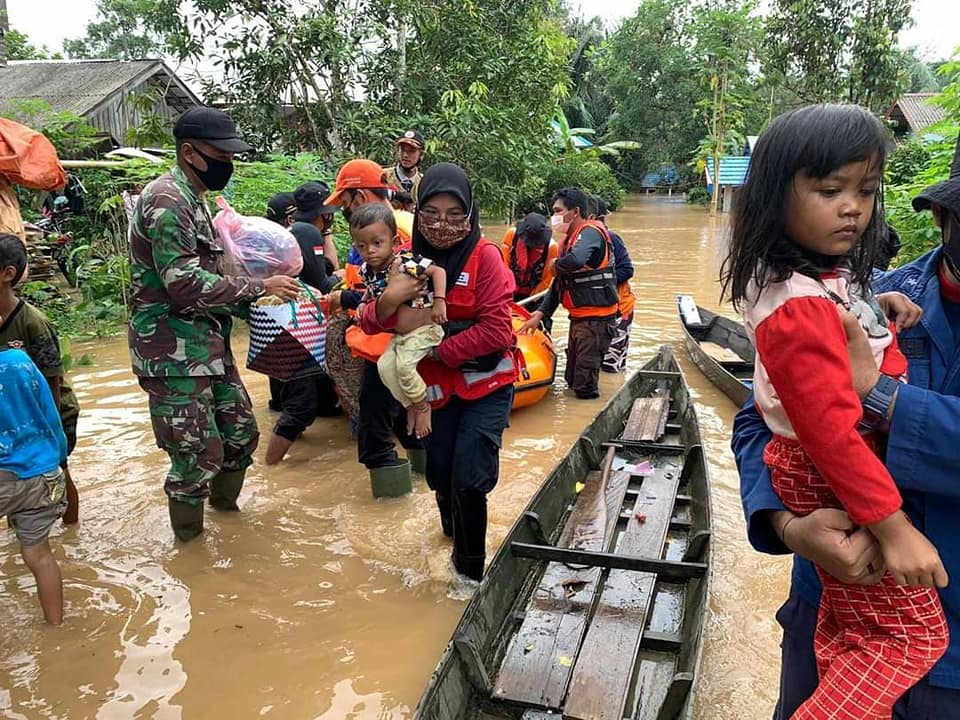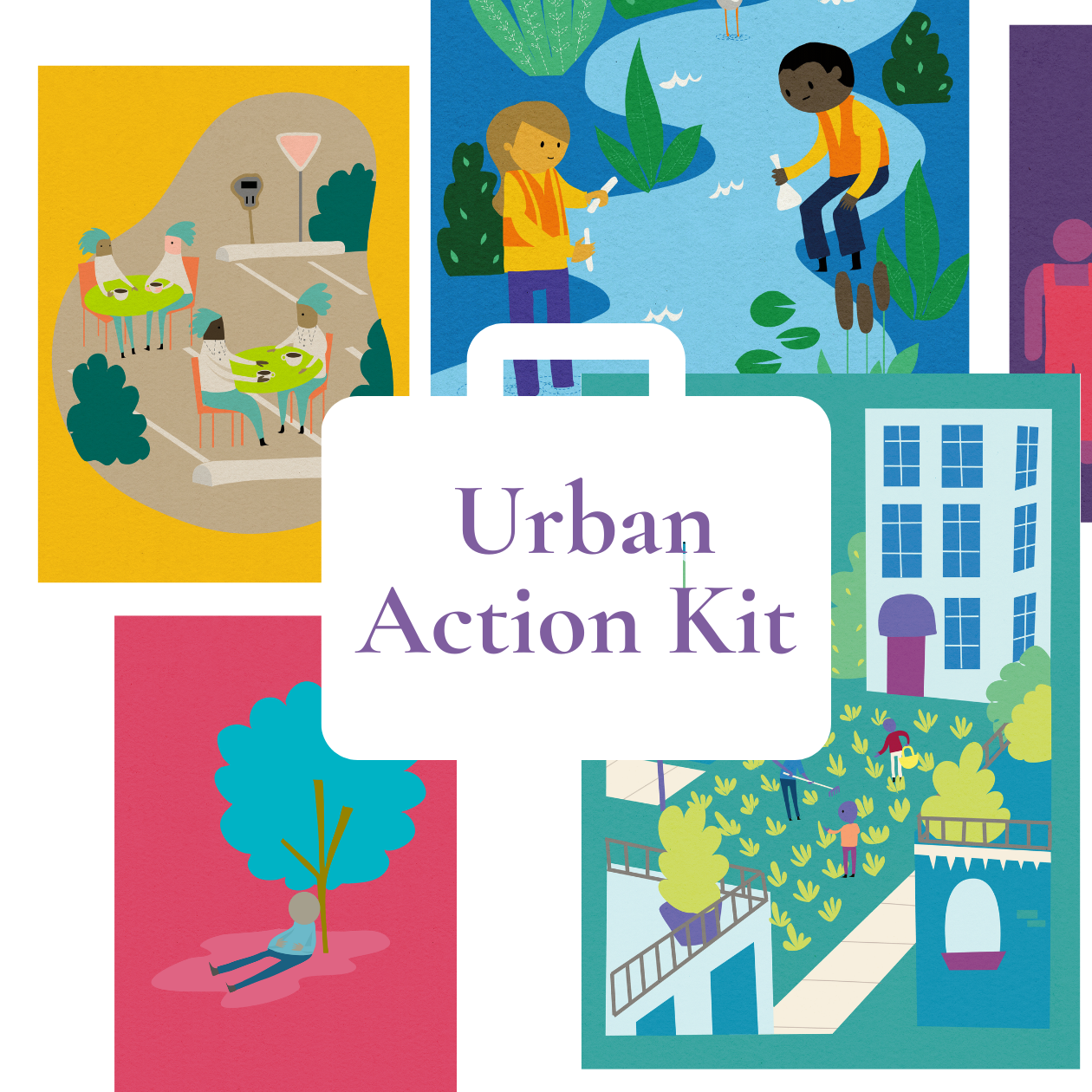Urban Resilience
Throughout history, opportunities and connections attracted people to cities. But today, with the added pressures of rapid urbanization and climate change, urban residents are facing increasing disaster risks. As a growing proportion of the population lives in cities, it is critical to build strengthen urban resilience and ensure that city inhabitants are prepared for the increasing and changing shocks they face.

Urban resilience in the context of raising disaster and climate risks
Globally, more people live in urban areas than in rural areas, and the urban population continues to rise by about 1.4 million people every week. By 2050, it is projected that more than two-thirds of the world population will live in urban areas. According to the UN, developing countries in Asia and Africa will account for 90% of the population growth, with majority of the growth happening in small and medium size cities.
This rapid urban growth often leads to newcomers, poor and marginalized communities, settling in hazardous area, characterized by limited access to basic services, exclusion from governance and protection systems, and insecurities due to lack of property rights and sustainable livelihoods. The COVID-19 pandemic, which took greater toll on urban areas, highlighted that the poor and marginalized are usually affected the most in terms of health and socio-economic impacts.
Many cities around the world lack the proper infrastructure and resilient systems to withstand hazards and disasters, making vulnerable communities even more susceptible to environmental, social, and economic shocks. Women, minority groups, refugees, and internally displaced people (IDPs) may face additional inequalities due to climate change, subsequent resource scarcity, and inability to influence household mitigation measures in certain cultures.

Coastal cities and sea level rise
By 2050, over 800 million people, living in 570 cities, could be at risk from sea level rise if emissions don't decrease. Coastal communities face threats from extreme weather events like hurricanes, storms, tsunamis, and floods, as well as long-term risks like erosion, salinization, and sea level rise. According to the IPCC's August 2021 report, if coastal communities don't adapt, the risk of flooding will increase by 2–3 orders of magnitude, reaching catastrophic levels by the end of the century.
Coastal cities play a crucial role in economic growth as they often are centers of tourism, transportation, and finishing. While sharing many of the hazards and climate risks with inland cities, they face some unique challenges, which requires a more integrated approach between urban planning and ecosystem management (coastal management).

Urban heat island
Due to the heat island effect, groups such as the elderly, people living in slums and informal settlements, outdoor workers, people with pre-existing health conditions are increasingly affected by the extreme heat caused by the climate change. To reduce near- and long-term risks, it is important to take proactive actions such as strengthening early warning systems, developing heat action planning, urban greening, and urban planning.
Cities often have high levels of poverty and vulnerability, where crisis is regarded as a new normality and ‘living with risk’ becomes a part of daily life for many communities. The large scale, together with the complex economic, social and political processes that unfold in cities, makes persisting humanitarian support both necessary and complicated.
Urban Action Kit
The Urban Action Kit is a quick-start, low-cost, do-it-yourself guide to urban resilience activities that will increase local actors' visibility and engagement on urban issues.
The Red Cross Approach to Urban resilience
RCRC National Societies already have branches and millions of volunteers in cities and towns providing services such as first aid trainings, blood donation, and community disaster preparedness. As the disaster landscape is rapidly urbanizing, many National Societies have been exploring new areas and ways of working in urban areas ranging from building social cohesion among refugees and host communities to community-based waste management and setting up city resilience coalitions to tackle priority risks in cities. What we have learned from these experiences leads us to overarching features of urban context to inform our approach and operational framework. These are:
- Cities are complex systems. There are many interrelated, co-existing formal and informal networks, diverse communities and a much larger range of actors making decisions and taking actions. There are also a multitude of “communities of identity” that often overlap (e.g. people can be part of different networks religious, professional, or family networks) in cities.
- A lack of adequate and reliable access to basic services, when coupled with exposure to hazards and limited economics means, is one of the most important determinants of vulnerability in cities. Access is controlled and enabled by laws and policies, as well as culture and social norms, during disaster and non-disaster times for formal and informal systems in cities.
- The complexity of urban environments requires repeated engagement with a larger, more diverse group of stakeholders and partners and over longer periods to build relationships to ensure the sustainability of the interventions.
- Many of the hazards, risks and vulnerabilities that communities face in cities and towns cannot be fully mapped or understood without a city scale perspective. Similarly, community-based resilience efforts will not have the desired impact unless they are linked to city level key stakeholders, most prominently the local governments and municipal authorities.
- Urban disasters and crises intrinsically are fluid and dynamic; the changing level of severity and needs and the unfolding of new vulnerabilities demand that response capacities and preparedness plans be flexible and allow for complementarity and redundancies.
- Understanding of inter-linkages with rural and peri-urban areas and reflecting those in the action plans are critical. Urban areas do not exist in isolation, and disasters do not have administrative boundaries. Cities often serve larger catchment areas in the surrounding areas.

